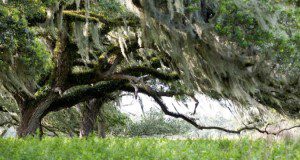This series of Key Plant, Key Pests publications is designed for Florida gardeners, horticulturalists, and landscape professionals to help identify common pests associated with common Florida flora. This new 9-page publication provides information and general management recommendations for borers, caterpillars, insect-induced galls, twig girdlers, oak leaf blister, root and butt rot, Tubakia leaf spot, mistletoe, psocids, lace bugs, woolly aphids, powdery mildew, Spanish and ball moss, and lichens. Written by Juanita Popenoe, Caroline R. Warwick, Adam G. Dale, and Alfred Huo, and published by the UF/IFAS Environmental Horticulture Department.
https://edis.ifas.ufl.edu/ep596
Tag: Alfred Huo
Key Plant, Key Pests: Juniper (Juniperus spp.)
This series of Key Plant, Key Pests publications is designed for Florida gardeners, horticulturalists, and landscape professionals to help identify common pests associated with common Florida flora. This seven-page publication, the ninth in the Key Plant, Key Pests series, helps identify the most common pests found on Juniper, with information and general management recommendations for bagworms, eriophyid mites, scale, spider mites, webworm, mushroom root rot, needle blight, Rhizoctonia web blight, tip blight, and wet root rot diseases. Written by Juanita Popenoe, Jacqueline Bourdon, Caroline R. Warwick, and Alfred Huo and published by the UF/IFAS Environmental Horticulture Department.
http://edis.ifas.ufl.edu/ep570

